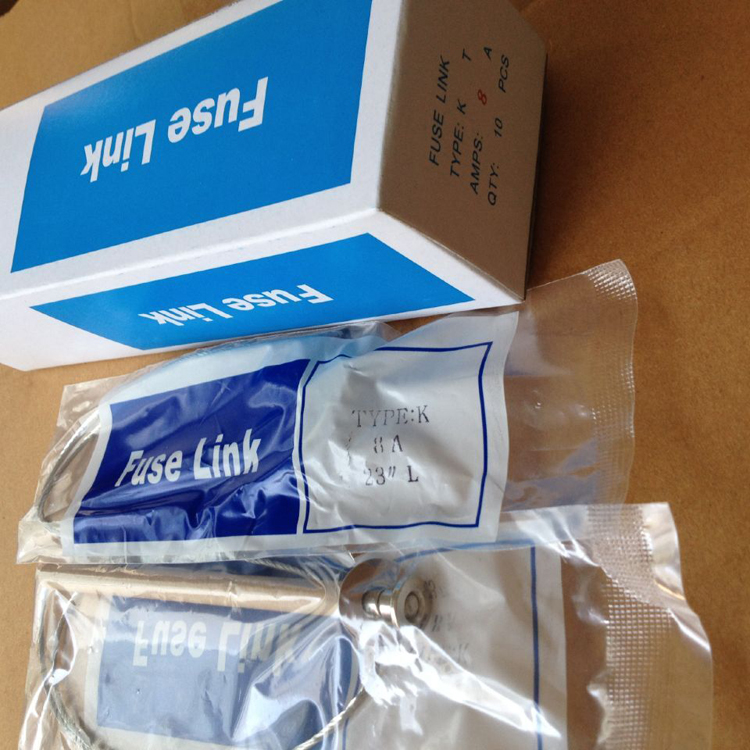
We use the highest quality alloys (Beryllium and Nickel free) from The Argen Corporation and superior porcelains supplied by DENTSPLY Ceramco®. Distinctive Dental Studio, Ltd takes great care in selecting porcelains and metals made entirely in the U.S.A. Please be reminded that our experienced technical team is here to assist you should you wish to discuss a case in more detail.Porcelain-fused-to-metal (PFM) restorations are metal understructures with a hand-layered porcelain surface. In comparison, PFMs are a more forgiving restoration. When correctly performed, it’s possible to achieve excellent results, but there is little room for error. While all-ceramic crowns and the use of CAD/CAM technology to create metal-free crowns is becoming more common, many of the procedures used to create and fit these restorations are sensitive to technique. The introduction of modern porcelains allows skilled technicians to create lifelike crowns where sufficient room is available to correctly layer the porcelain. Patients who have any sensitivities to alloys may be better advised to choose all-ceramic crowns, depending on the alloy chosen.Įven though the technologies used to produce PFMs have been available for decades, these restorations are often still a good choice.


While precious metal alloys may produce less irritation, they can sometimes prove costlier depending on the current price of gold. Some patients experience gum irritation which may result in gingival recession. Gum tissue sensitivity is another potential problem, especially when non-precious alloys are used. If a patient has all-ceramic crowns on adjacent teeth, it can be extremely difficult to get an exact shade match when using PFMs. This is because natural light is not transmitted through the crown. Another thing to consider is that sometimes PFMs may appear quite opaque, lacking the natural translucency and liveliness found in natural teeth and in all-ceramic restorations. Porcelain margins, however, may offer a way to overcome this issue. One problem with using PFMs to restore anterior teeth is that sometimes the margin can have or will develop a dark metal edge, especially when gum recession occurs. Your dental laboratory will be able to provide a complete list of elements and their percentages for each available alloy.ĭespite the many attributes and reliability of PFM crowns, they do have some limitations. The exact composition of any alloy is dependant on the manufacturer.

Other elements that may be included in these dental alloys include tungsten, manganese, iron, silicon, carbon, and molybdenum. Some non-precious alloys may not have any noble metal content at all and instead will contain large percentages of chromium or beryllium, as well as nickel and cobalt. In these alloys, the noble metal content is less than 25%. Non-precious alloys are sometimes called base metals. The colour of semi-precious alloys can be white or silver. Semi-precious metal alloys or noble alloys have at least 25% noble metal content and may include tin, zinc, indium, cobalt, ruthenium or gallium. The colour of the alloy can be silver, white or yellow.

The remaining metals in this alloy can consist of silver and copper with smaller amounts of iridium, indium, zinc or rhenium. When high-noble is chosen, the product will have a composition of over 60% noble metal that could be gold, platinum, or palladium, that must be more than 40% gold. With sub-gingival margin preparation and good oral hygiene PFM restoration can even be a good cosmetic choice. With the proper maintenance, such crowns can last for many years, in some cases patients can successfully maintain their PFM crowns for decades. These crowns may have a substructure made from non-precious, semi-precious, or high-noble metals. In addition, they also have good mechanical qualities. PFM crowns have an acceptable biocompatibility that helps promote reasonable periodontal health. These crowns are suitable for posterior and anterior crowns, providing clinicians and patients with reliable and aesthetically-pleasing restorations that will last for years. Traditional porcelain-fused-to-metal (PFM) crowns have been a popular choice for decades, being used to restore damaged teeth on many patients across the country.


 0 kommentar(er)
0 kommentar(er)
